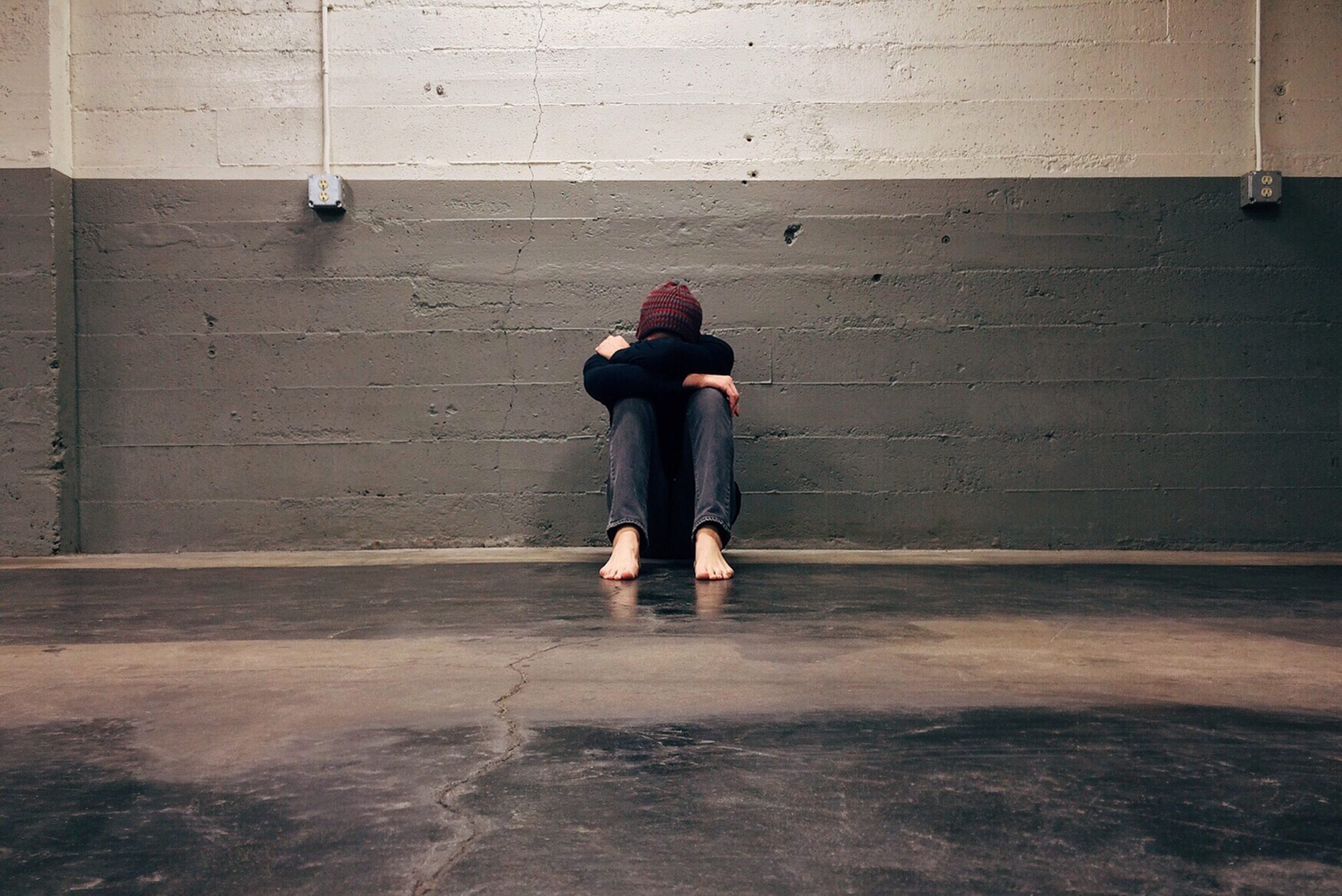
The 1990s was a victory in the realm of teenage mental health. It marked a steep decline in teenage depression and teenage suicide rates.
It was a victory, making the next generation with a potent future. But that year, sadly, was the last year with a decline, the rates have been rising ever since, with mystical reasons.
As more and more teenagers face the pressures of the world every day, leading to some disturbing statistics, it is of critical importance to aid them.
Suicide.org has developed statistics that are alarming to analyze: About 20 percent of all teenagers developed depression at some point before adulthood, of which only 30 percent are being treated for it, Anywhere from 10 to 15 percent of all teenagers feel the symptoms of depression at least once in their life, Approximately 66 percent of teenagers battle depression alongside other mood disorders.
Jean Twenge, a psychology professor at San Diego University, found that current teenagers face mental health problems five times greater than those during the GREAT DEPRESSION., through over 77,000 surveys ranging from 1938 to 2007.
These stats are the warning signs of the chaotic lives that might root from high levels of depression.
Teen suicides are on the rise – a teenager takes their own life every 100 minutes, substance abuse rates are on the rise, Juvenile crime rate is on the rise.
Without immediate aid, the problem only grows more malignant.

Yet, even after such visible effects, the root causes are a mystery.
Some experts say it’s the stress from modern lifestyles, some say it’s the parents who pressure and impose expectations on children, some say it’s social media and the concept of living a perfect life every day.
Whatever the argument might be, it is still debated and argued to this day.
Therese J. Brochard, the author of Beyond Blue, says the following, “Most experts would agree with me that there is more stress today than in previous generations. Stress triggers depression and mood disorders, so those who are predisposed to it by their creative wiring or genes are pretty much guaranteed some symptoms of depression at the confusion and difficult time of adolescence.
I think modern lifestyles – lack of community and family support, less exercise, no casual and unstructured technology-free play, less sunshine, and more computer factors into the equations.”
She also wonders how the changes in the environment, like a diet full of junk food and hectic lifestyles, may factor into this onset of depression among teenagers.
Every teenager is at risk of becoming one with the statistics, but what stops the few? “The loving intervention of a few adults in my life at that time.
They saw the red flags” says Borchard. When everyone is focused on finding the cause, they are failing to factor in the people falling into depression.
Borchard believes that with the right intervention, a teenager’s life can be saved from a tragedy.
Sadness, Hopelessness, Low self-esteem, Loss of energy, Substance abuse, Loneliness, Losing desire in day to day life, Ailments like headaches or uneven appetite or insomnia, Educational issues, running away from home, and more are some of the common indicators of depression and mental health issues among teenagers, and it falls on the adults in their life to notice them and intervene and better the situation.
Especially, help whenever a teenager opens up about the issue, instead of dismissing it as a “phase” or seeking attention.
The better output is that you helped the issue, or a couple of hours of time has been wasted.
But the worse output is far worse, suicide, substance abuse problems, everything that could ruin the teen’s life even before it has fully begun.
There are also many resources for teenagers who cannot rely on the adults in their life.
There are national suicide prevention lines, 1-800-SUICIDE or 1-800-784-2433.
School counselors are always open to talk. Websites like 7-cups provide anonymous chat services with others who could help out the situation.
With people collectively seeking to improve our understanding of the situation, and also people helping the ones suffering, one can hope that the day for when the rates start falling is not far from tomorrow.
Sources:
Psych Central: Why Are So Many Teens Depressed? by Therese J. Borchard. Retrieved February 21, 2021.
Beyond Blue, by Therese J. Borchard. Retrieved February 21, 2021.
Suicide.org: Suicide hotline numbers by state. Retrieved February 21, 2021.
Written By Surya Narukullapati
This is Surya Narukullapati, a high school senior! I practice art in my leisure as an escape from life and its various stresses. One of my primary fascinations is psychology, especially how it affects people’s lives, so I’m naturally concerned about mental health and its relation with biological health. It’s something I hope I can devote my future to and practice to the benefit of others





